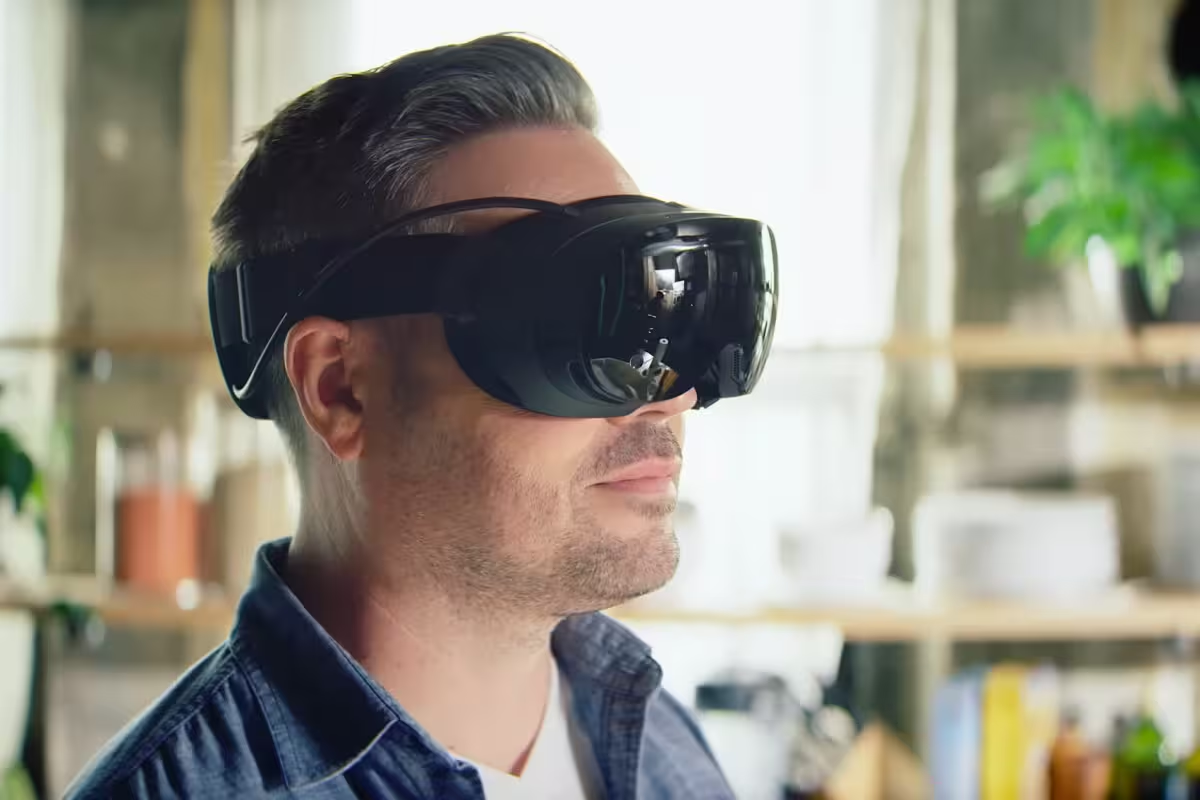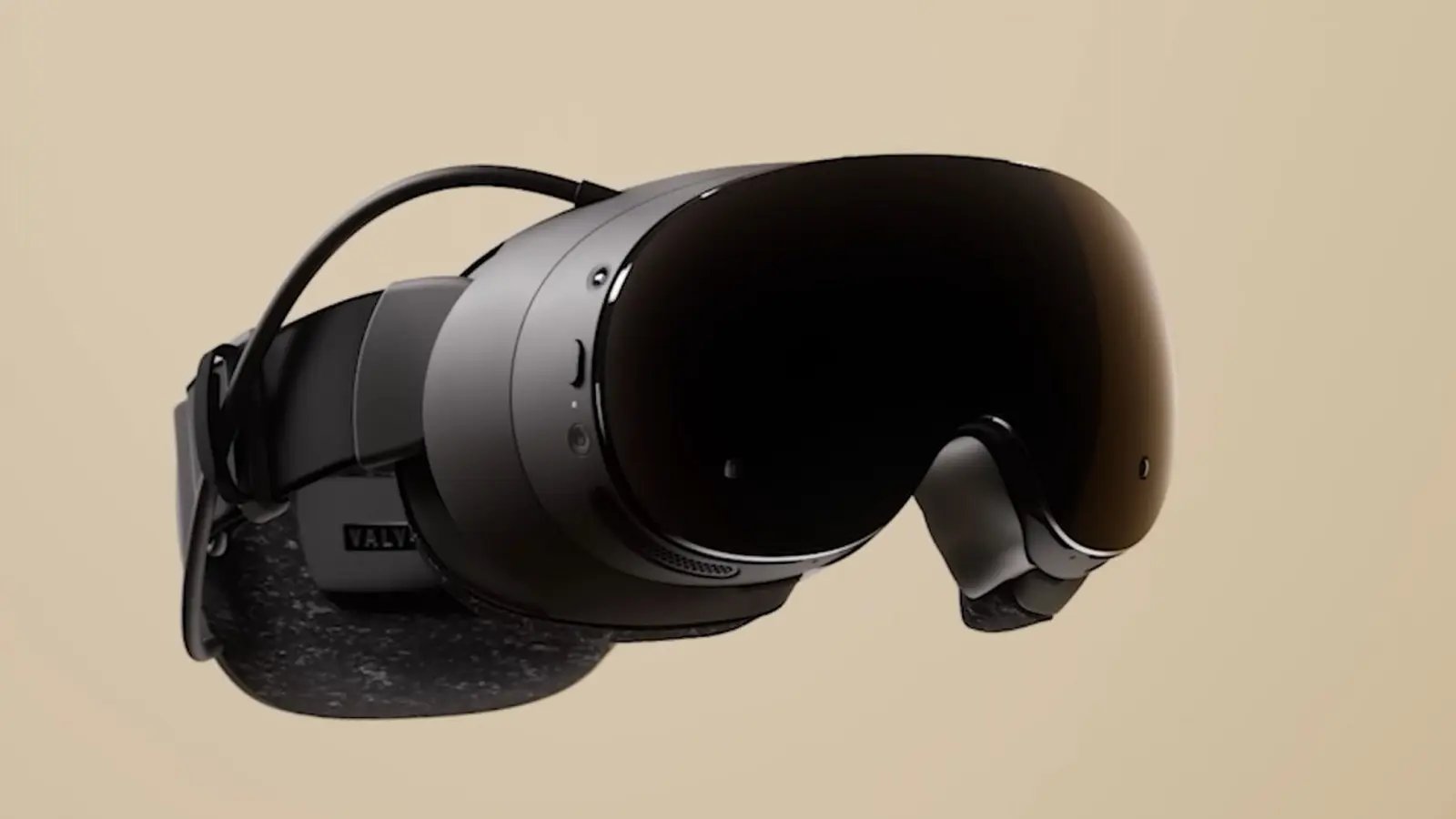4 Minutes
Valve has pulled back the curtain on the Steam Frame, its newest VR headset that doubles as a full SteamOS PC. Designed to stream from your PC or run games natively, the Steam Frame blends wireless streaming tech with standalone performance powered by a Snapdragon chipset.
Streaming-first design with dual-radio wireless
At its core the Steam Frame is a streaming headset. Valve includes a wireless adapter with dual radios you plug into a PC, the new Steam Machine, or a Steam Deck. One radio handles low-latency game streaming while the other stays connected to your Wi‑Fi, reducing congestion and smoothing gameplay. It’s a smart move for anyone who’s ever had frame drops because the headset and home network fought over bandwidth.

High-resolution optics and smart eye tracking
The display package is serious: two 2160×2160 LCD panels with refresh rates adjustable between 72 and 144Hz. To get the most from that resolution without wasting bandwidth, Valve implements foveated streaming — only the region you’re looking at is pushed in highest quality. Eye tracking cameras inside the headset enable this selective streaming, and four high-resolution monochrome outward-facing cameras track the headset and controllers. Infrared LEDs let tracking work in dim rooms, and built-in stereo speakers use force-canceling drivers to minimize vibration.
Controllers that feel familiar (but improved)
The Steam Frame ships with a split controller layout tailored to both VR and non-VR games. The layout resembles a conventional gamepad so traditional titles map more naturally, and the second-generation magnetic joysticks first seen on the updated Steam Controller make a return. Each controller runs on a single AA cell and Valve claims roughly 40 hours of usage per battery — handy for long sessions.
It’s a SteamOS PC you wear
What sets the Steam Frame apart is its standalone capability. It runs a Qualcomm Snapdragon 8 Gen 3 SoC paired with 16GB LPDDR5X, plus either 256GB or 1TB of UFS storage and microSD expansion. A 21.6Wh battery sits onboard so you can walk away from a PC and still play. The headset runs SteamOS and can execute Android titles natively.

x86 games on ARM: meet Flex
To bring the massive Steam library to ARM, Valve built an emulator called Flex that translates x86 games to ARM64 on the fly. That means many existing PC titles will run without developer intervention — though Valve also plans to offer preconverted versions of popular x86 games to improve performance where possible. A developer kit arriving soon should help studios optimize builds for the platform.
Who is this for — and what to expect?
Imagine using the Steam Frame as a wireless VR tether when you’re at your desk, then taking it on the road to play native titles on a flight or commute. It targets Steam Deck owners, PC gamers looking for a low-friction wireless VR experience, and developers interested in porting or optimizing games for ARM. Compatibility and performance will evolve as devs get access to the kit and Valve ships preconverted game builds.
Valve says the Steam Frame will arrive in early 2026 alongside the Steam Machine and the new Steam Controller, but price details are still under wraps. For now, it represents a bold attempt to blur the line between tethered VR and portable gaming — and to put a full SteamOS experience directly on your face.
Source: gsmarena


Leave a Comment